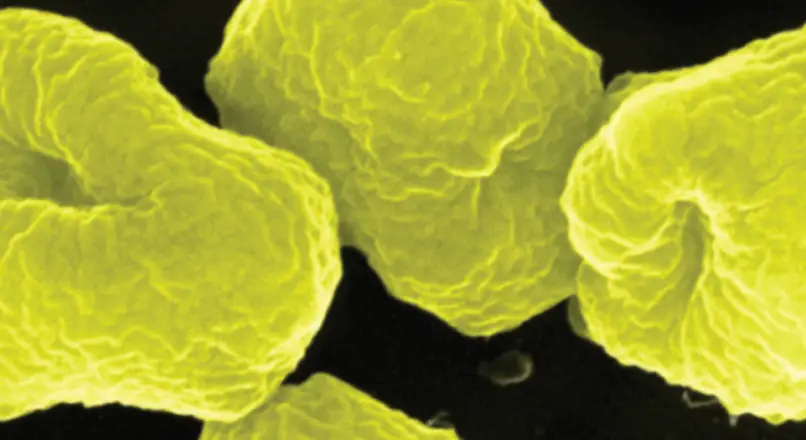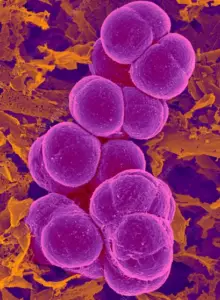
Similarities Between Archaeans and Aacteria
The similarities between archaeans and bacteria are as follows. By reading this post you can easily understand the traits which archaeans and bacteria share
Cell type
Both cells are Prokaryotic in nature. These cells lack membrane-bound organelles and major organelles like the nucleus, Golgi apparatus, endoplasmic reticulum and mitochondria. Their genetic material is suspended in the cytosol as false nuclei. But there is no membrane around the genetic material.
Shapes
Both archaea & bacteria exist in the form of three to four shapes. These shapes include Rod shape, cocci shape, comma shape and spiral shape. All the bacilli are rod-shaped bacteria and all the circular bacteria are called cocci. This circular may or may not be exact. The comma-shaped bacteria are vibrio and spirochetes have spiral shapes. These shapes are similar between archaeans and eubacteria.

Motility
Both archaea & bacteria can have a locomotory organ for locomotion in the form of Flagella. These flagella help bacteria to move from one place to another. This movement is in the form of tumbling. Bacteria tumble from one place to another in response to the chemical. This movement is also called chemotaxis (movement in response to some chemical).
Size
Both are the microscopic entities that can’t be observed through naked eyes. Both need 1000 times magnification to observe. Their size ranges in micrometres.
Organelles
As they are prokaryotic in nature, they don’t contain membrane bound organelles. They generate ATP in their cell membrane; have inclusion bodies for their storage.
Cell division
Cell division is the process in which cell divides into daughter cells. This process occurs in prokaryote as two processes i.e. Binary fission and fragmentation. Binary fission is the process in which bacteria dived into two daughter cells. Bacteria chromosome divide into two and both go into the two different ends. Cell membrane pinches inside it and bacteria divide into two cells. These two cells are identical to each other. Fragmentation is the process in which the long filamentous bacteria cuts its filament into two and then starts multiplying. This type of cell division is common in filamentous bacteria.
Horizontal transmission:
Both bacteria have sex pilli for conjugation. These bacteria can transfer their extrachromosomal genes present on plasmid to other bacteria in the population. For this purpose, they use sex pilli to transfer the material. If the bacteria have sex pilli, it can transfer the material to other bacteria.
Ribosomes
Both cells have suspended ribosomes in their cell. As they don’t contain endoplasmic reticulum, their ribosomes are present freely in a cell that helps bacteria to prepare their proteins.
Leave a reply